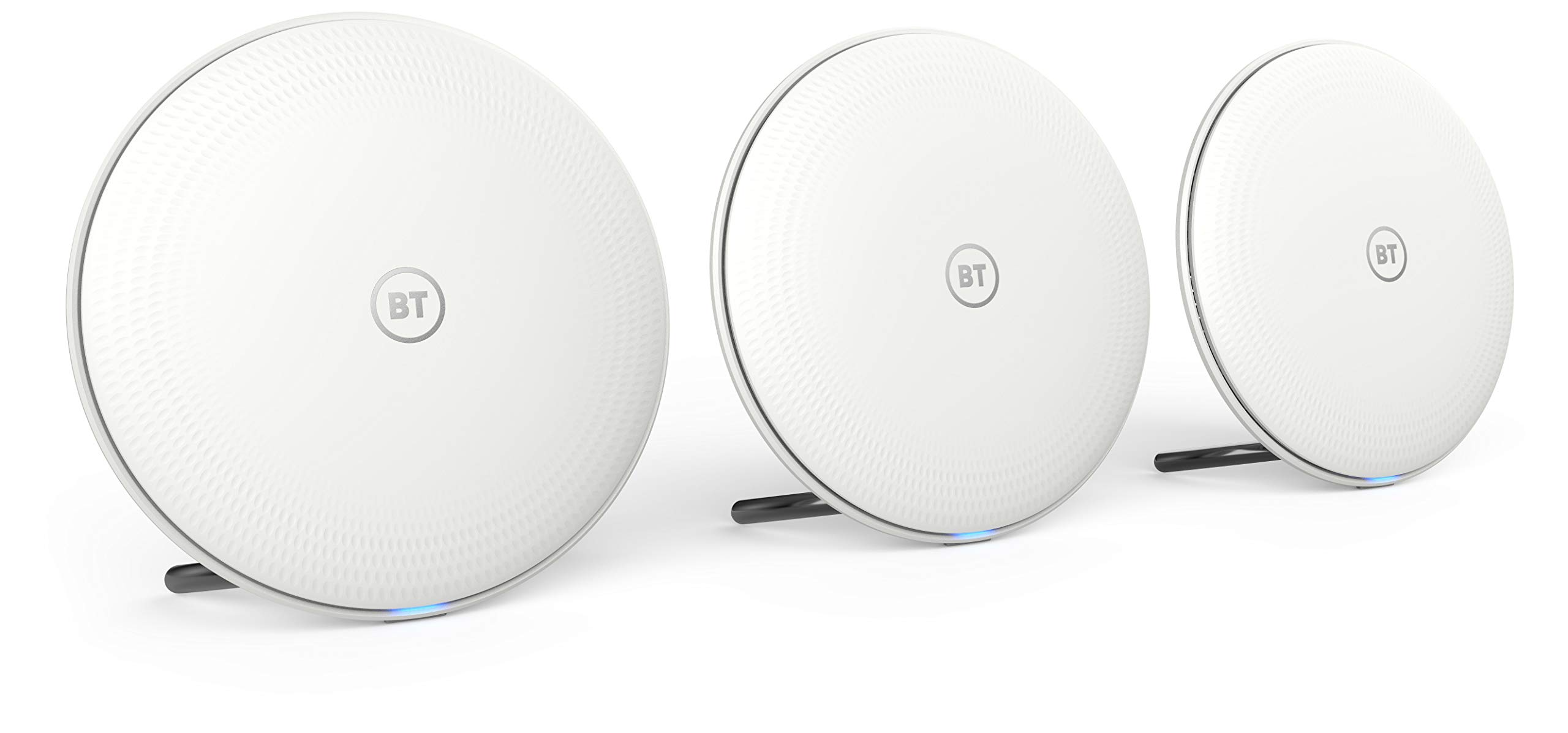Having trouble with port forwarding on your BT Home Hub 3? Discover troubleshooting tips to resolve the issue.
Step-by-Step Instructions
Port Forwarding Troubleshooting:
1. Check your device’s IP address:
– Open the Command Prompt on your computer by pressing Windows key + R, typing “cmd” and hitting Enter.
– Type “ipconfig” and press Enter.
– Locate the “IPv4 Address” under the “Ethernet adapter” or “Wi-Fi” section.
2. Access your BT Home Hub 3 settings:
– Open your web browser and type “192.168.1.254” in the address bar.
– Press Enter to access the BT Home Hub 3 settings page.
– Enter your admin password if prompted.
3. Locate the Port Forwarding settings:
– Look for the “Advanced Settings” or “Settings” tab on the BT Home Hub 3 settings page.
– Find the “Port Forwarding” or “Virtual Servers” option.
4. Configure port forwarding:
– Click on the “Port Forwarding” or “Virtual Servers” option to open the configuration page.
– Click on the “Add new” or “Create new” button.
– Enter a name for the port forwarding rule (e.g., “Web server”).
– Specify the internal IP address of the device you want to forward ports to.
– Enter the port numbers you want to forward (e.g., 80 for HTTP).
– Choose the protocol (TCP, UDP, or both).
– Save the settings.
5. Disable the firewall:
– Go to the “Firewall” or “Security” section in the BT Home Hub 3 settings.
– Disable the firewall temporarily to test if it’s causing any issues.
– Save the settings.
6. Test the port forwarding:
– Use an online port checker tool to verify if the ports are now open and accessible.
– Enter the IP address and port number you configured for port forwarding.
– Click on the “Check” or “Test” button to see if the port is open.
7. Reboot your BT Home Hub 3 and devices:
– Restart your BT Home Hub 3 by unplugging the power cable, waiting for a few seconds, and then plugging it back in.
– Restart your computer or device that needs port forwarding.
Troubleshooting Port Forwarding Issues
If you’re experiencing issues with port forwarding on your BT Home Hub 3, here are some troubleshooting steps you can follow to resolve the problem:
1. Check your network setup: Ensure that your computer is connected to the BT Home Hub 3 and that your internet connection is working properly. Also, make sure that the device you’re trying to access through port forwarding is connected to the same network.
2. Verify the port forwarding settings: Access the BT Home Hub 3 settings by entering the IP address (usually 192.168.1.254) in your web browser’s address bar. Login using the administrator username and password. Navigate to the port forwarding settings and verify that the correct ports are being forwarded to the correct device.
3. Disable the firewall: Temporarily disable any firewall or security software on your computer to rule out any possible conflicts. This will help determine if the issue lies with the firewall settings blocking the port forwarding.
4. Test with Universal Plug and Play (UPnP): If your device supports UPnP, enable it in the BT Home Hub 3 settings. UPnP allows devices on the network to automatically configure port forwarding, which can help resolve compatibility issues.
5. Restart your devices: Sometimes, a simple restart can resolve connectivity issues. Restart your BT Home Hub 3, computer, and the device you’re trying to access through port forwarding.
6. Double-check the device’s IP address: Ensure that the device you’re forwarding the ports to has a static IP address. If it’s set to obtain an IP address automatically, it may change and cause the port forwarding to fail. Assign a static IP address to the device in the network settings.
7. Test with a different application or device: If you’re still experiencing port forwarding issues, try forwarding a different port for a different application or device. This will help determine if the issue is specific to a particular port or device.
Additional Support and Resources
- Check the BT Home Hub 3 user manual for detailed instructions on port forwarding.
- Visit the BT support website for troubleshooting guides and FAQs related to port forwarding and the Home Hub 3.
- Contact BT customer support for further assistance and guidance.
- Seek help from online forums and communities dedicated to BT Home Hub 3 and networking issues.

- Consider consulting a professional network technician for advanced troubleshooting and configuration.
F.A.Q.
Why aren t my ports working?
Your ports may not be working due to various reasons such as incompatible devices, outdated or incorrect drivers, damaged ports or cables, or faulty ports.
How do I forward ports on my BT router?
To forward ports on your BT router, follow these steps:
1. Access the router’s settings by entering the admin password.
2. Click on “Port Forwarding.”
3. Choose the desired rule from the Game or Application drop-down list.
4. Select the device you want to access remotely from the Device drop-down list.
5. Click “Add.”
How do I know if my port forwarding is blocked?
To determine if your port forwarding is blocked, you can use a reliable port forward tool like www.portchecktool.com. This tool allows you to check if your ISP is blocking specific ports, including commonly restricted ports like HTTP port 80 and SMTP port 25.
Why my port forwarding is not working?
Your port forwarding may not be working because your firewall could be blocking the port you’re trying to forward. Check your firewall settings to ensure that the port is not closed or blocked.

